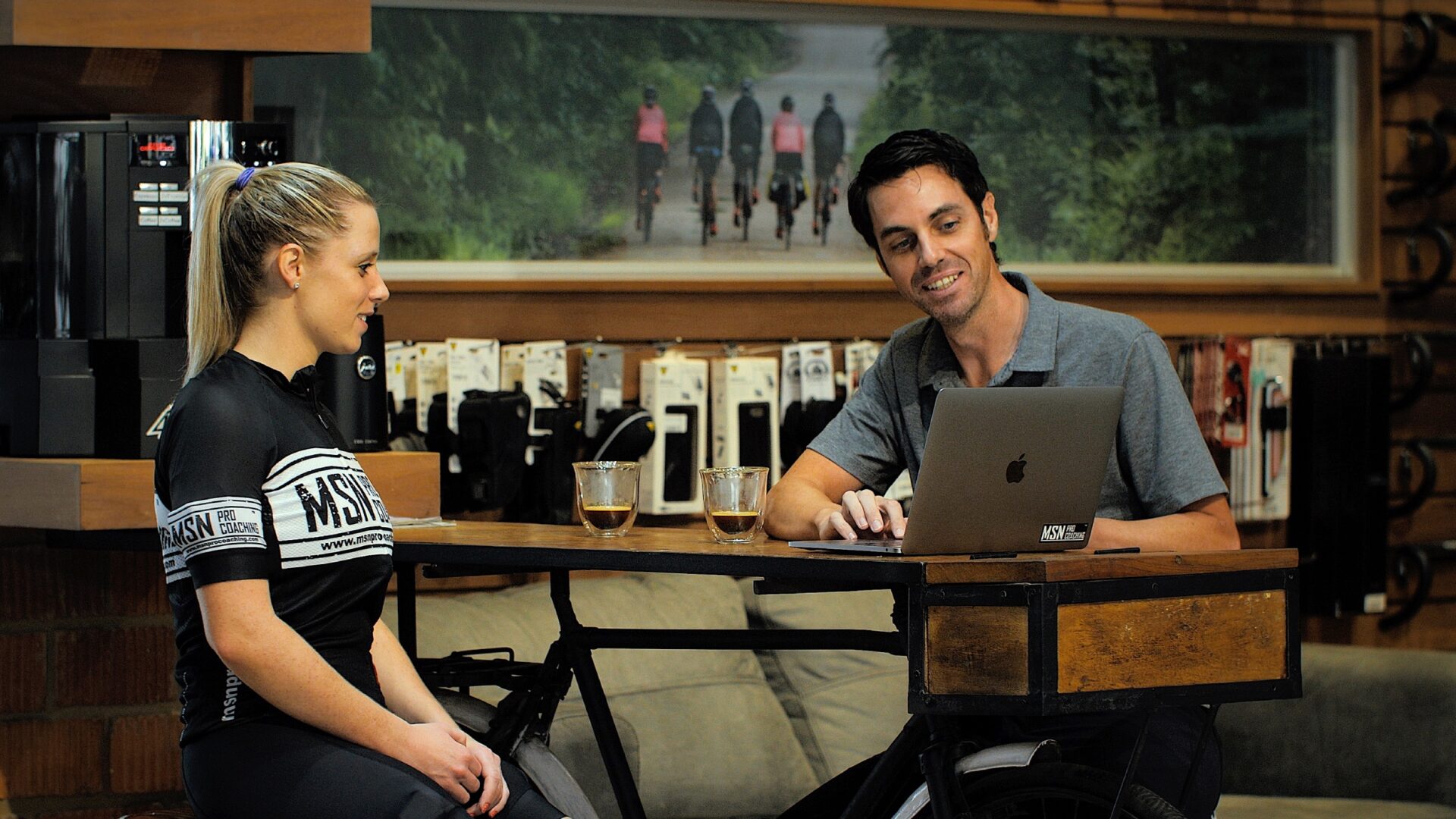Mike Norton leaned into his love of crunching numbers and applying science to differentiate his coaching services and offer more value for athletes.
Mike Norton leaned into his love of crunching numbers and applying science to differentiate his coaching services and offer more value for athletes.





